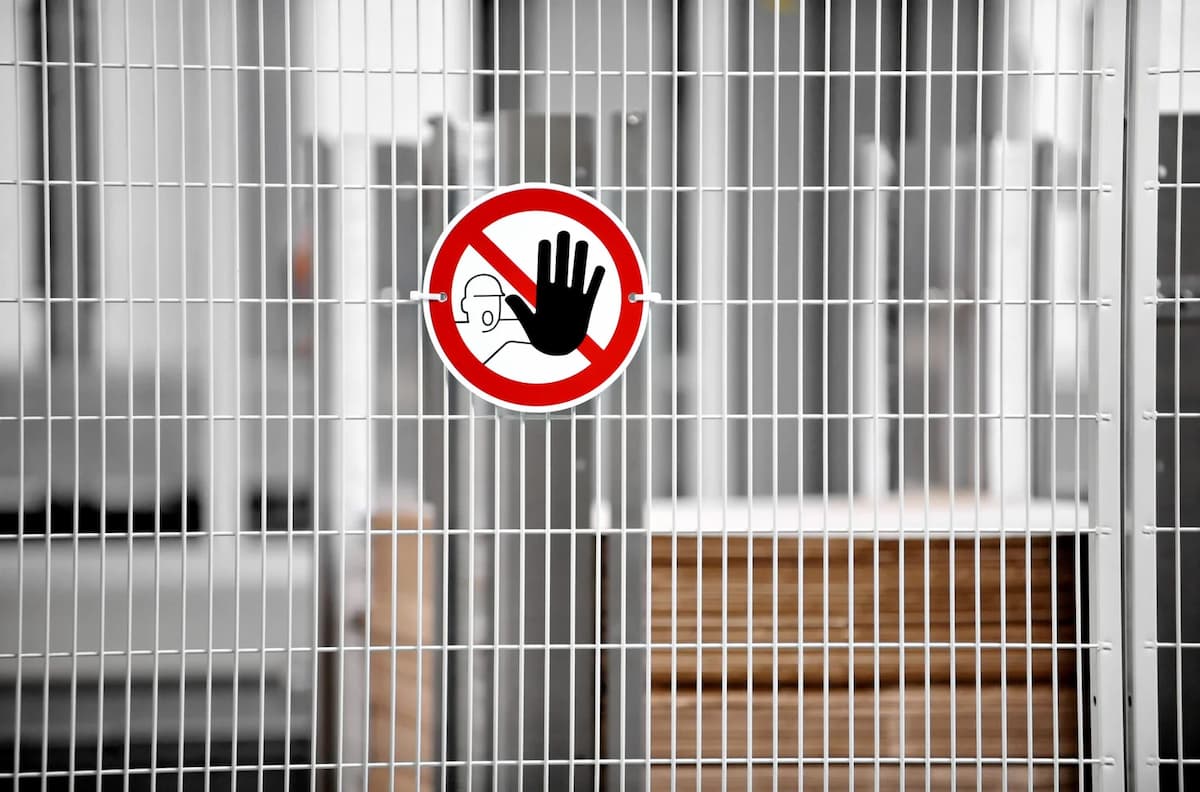Each day, workers are exposed to various hazards that can easily injure or fatally wound them, including OSHA’s leading workplace fatalities, such as falls, electrocution, and caught in/between or struck by objects, according to EHS Daily Advisor.
To prevent injuries, workers hold pre-job safety briefings to discuss the projects, the hazards in the workplace, any dangers associated with the job, and how to stay safe while working. All workers must identify existing and potential hazards, how to mitigate them, and what to do if something goes wrong. If workers or non-employees who might be impacted are in danger or unsure how to proceed safely, they should utilize the Stop Work Authority (SWA) program.
SWA
Onsite safety states that SWA is a program that “…empowers workers to halt work when a perceived unsafe condition, behavior, or hazard arises.” When the plan changes at the worksite, new conditions like hazards or obstacles may appear that were not accounted for in the initial project planning.
Employees should stop working to note any new developments that may affect the original plan. If necessary, obtain any additional tools, equipment, personnel, or safety measures before resuming work. SWA is one of the best tools in the safety toolbox, but it is only as valuable as the wielder.
Be Willing to Address Your Concerns
Often, workers do not ask questions or address hazards because they fear conflict with their supervisors or peers. As a result, they continue working to not slow things down or appear inept. However, managers should empower employees to stop working if they have questions or concerns. Discussing the plan might halt the process, but it is crucial in preventing incidents or injuries. Stop working if you notice a change in the plan or are unsure how to proceed safely.
Read more about workplace safety on our blog.

